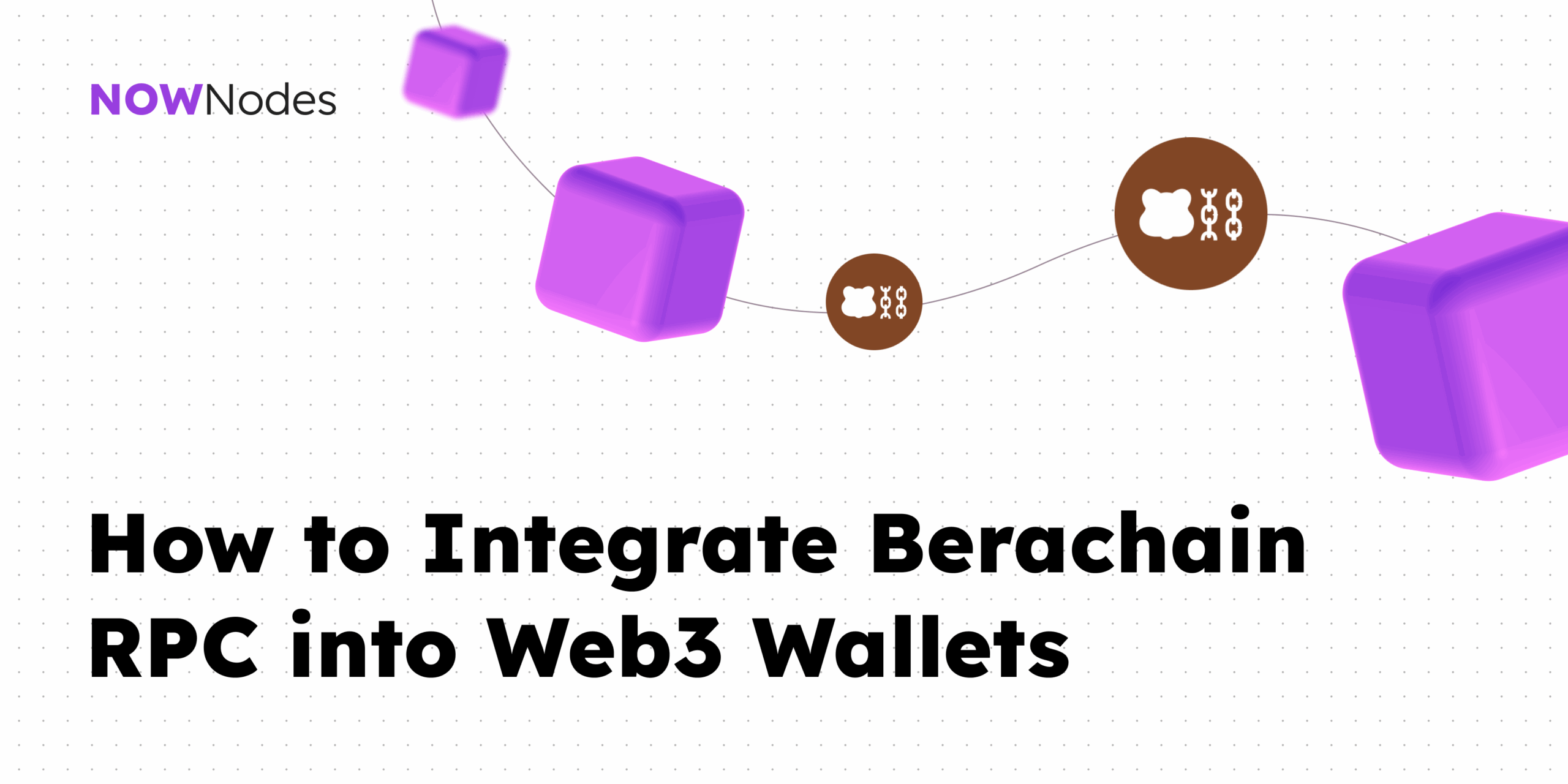Berachain is attracting attention across the Web3 space thanks to its EVM-compatibility and its novel Proof-of-Liquidity consensus. For developers, it’s a playground for new DeFi mechanics and innovative dApps. But none of that is possible without a reliable way to “talk” to the blockchain. That conversation happens through Berachain RPC. It’s the bridge between wallets, applications, and the Berachain network.
Let’s break down why it matters, how wallets and DeFi projects use it, and walk through a real example of a request.
RPC as the Gateway to Berachain
Think of RPC (Remote Procedure Call) as the set of rules your app follows when asking the blockchain for information or sending instructions.
- A wallet checking your balance? That’s an RPC call.
- A DeFi protocol fetching token reserves? Another RPC call.
- A transaction being broadcast? Yep, that too runs through RPC.
Without an RPC endpoint, wallets and dApps are essentially cut off from the blockchain. That’s why having access to a reliable Berachain RPC URL — especially the Berachain Mainnet RPC URL — is the first step to integration.
Bringing Berachain RPC into Wallets
Web3 wallets are only as useful as the networks they can connect to. By plugging in a Berachain RPC URL, wallets can instantly:
- Display balances in BERA and ERC-20 tokens.
- Send and sign transactions on Berachain.
- Connect to Berachain-native dApps with no extra setup.
It’s a simple adjustment in wallet settings, but it unlocks an entirely new blockchain ecosystem for end users.
How DeFi Projects Rely on RPC
For DeFi developers, RPC is more than just a connection — it’s the backbone of the entire product. Without it, you can’t read pool data, update dashboards, or process trades.
With a solid Berachain RPC provider, a DeFi app can:
- Pull liquidity pool information in real time.
- Execute swaps and track confirmations.
- Query smart contracts for staking and rewards.
- Keep user portfolios up to date without delays.
In short: RPC keeps the app and the blockchain in constant conversation.
A Practical Example
Here’s what a simple RPC request looks like when calling BERA through a provider like NOWNodes. This one asks for the account info:
POST https://bera.nownodes.io
{"jsonrpc": "2.0", "method": "eth_accounts", "id": 1, "params": []}
And the response you get back:
{
"jsonrpc": "2.0",
"id": 1,
"result": []
}
It’s a small example, but it shows the principle: once you have a Berachain RPC URL, your app can ask the blockchain anything — from balances, to contract state, to transaction confirmations.
Why Reliability Matters
In theory, any RPC endpoint gets the job done. In practice, stability is everything. Imagine a wallet showing the wrong balance or a DeFi app failing to process a swap because the RPC is down. That’s enough to break trust with users instantly.
This is why projects choose established Berachain RPC providers. They guarantee uptime, scale requests as demand grows, and let developers focus on building instead of running servers.
Wrapping Up
Integrating Berachain RPC into Web3 wallets and DeFi projects is not complicated, but it’s absolutely essential. Wallets use it to show balances and process transactions; DeFi protocols depend on it for real-time data and on-chain execution.
With a dependable Berachain Mainnet RPC URL, your project is plugged into the heart of the network and ready to scale in step with the Berachain ecosystem.



